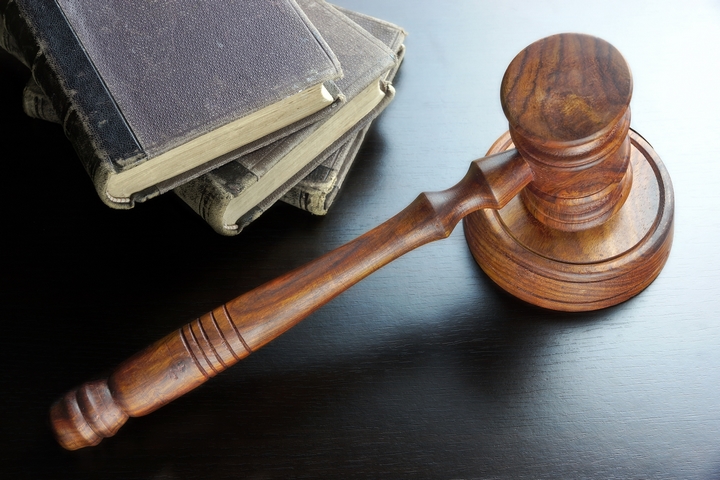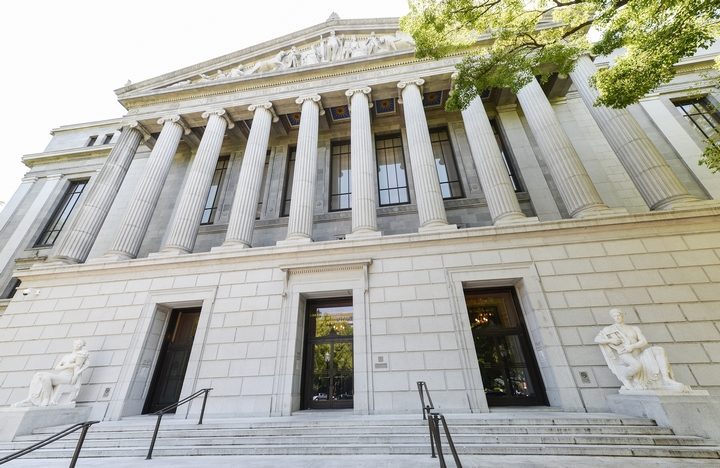What is the History of Sexual Harassment?

While the history of sexual harassment as a legal and workplace phenomenon goes back to the 1970s, sexual harassment certainly existed long before the idea had a name. At its core, the concept is about denying a person’s basic human rights on the basis of sex or gender. Sexual harassment is defined as any unwelcome sexual contact or sexual advance by word or by action, especially by superiors in a workplace.
Sexual harassment also refers to creating a sexually demeaning atmosphere and can include a range of inappropriate behaviours from off-colour comments to sexual abuse or assault. The concept of sexual harassment emerged as part of a long and continuing struggle for equal rights for women around the world.
The recent advances of the #metoo and #timesup movements suggest the importance of understanding the history of the struggle against sex and gender discrimination. Many have contacted professionals like an employment lawyer in Toronto for legal representation. There have been critical victories and losses that redefined the history of sexual harassment.
Let’s look at some of the milestones in the history of sexual harassment through the 1990s:
1. The fight for Women’s Suffrage

The fight for women’s suffrage is a milestone in the history of sexual harassment. Women could not enjoy full rights as citizens until they won the right to vote in political elections. Known as women’s suffrage, the fight for the vote began in earnest in the 19th century. Even when it was granted, most countries did so in restrictive ways, limiting the number of women eligible in some way.
Beginning in 1894, the Colony of South Australia was one of the first English-speaking nations to extend the right to vote to women. The Colony of Western Australia followed in 1899, and the rest of the country in 1902. It is important to note that this right was not extended to Indigenous Australian people, who were not given full rights until 1962.
Most of Canada extended suffrage to women between 1917 and 1919, with the predominantly Catholic and Francophone province Quebec holding out until 1940. Again Canada’s First Nations people did not share this right until 1960.
The United States granted women the right vote with the ratification of the 19th Amendment in 1920, but voting rights remained restricted locally long after. England only offered full suffrage in 1928.
2. Women enter the workforce

The upheaval of the First World War, Great Depression and Second World War had pushed more women into the workforce, disrupting Victorian and Edwardian notions of feminine gender roles. Formal and informal barriers prevent many women from pursuing higher education during this time. It created a gender imbalance in the higher-paying jobs that people with advanced education could pursue.
These barriers to equal participation in the workforce have left a damaging legacy. Since the rise of the feminist movement in the 1960s, women began to enter the workforce in larger and larger numbers. The growth was dramatic. In the U.S., women made up 33% of the workforce in 1950, 38% in 1960, 43% in 1970, 52% in 1980, 58% in 1990, and finally 60% in the year 2000.
Canadian women followed a similar pattern, 47% of the workforce in Canada was made up of women by 2014.
3. Civil Rights Act of 1964

The crowning achievement of US President Lyndon B. Johnson’s Great Society reforms was passing the Civil Rights Act of 1964. In Title VII of the Civil Rights Act of 1964 the law explicitly prohibited discrimination based on race, sex, colour, national origin or religion in the workplace.
This legislation would give a legal framework for future sex discrimination and sexual harassment cases. It is important to note that this restriction only applies to workplaces that employ 15 or more employees in the language of the law.
4. The origin of the term

The term “sexual harassment” dates back to 1973 in a report by Mary Rowe, Ph.D., at MIT in Boston. Rowe has a doctorate in economics from Columbia University and claims that the term was widely used in earlier women’s discussion groups around Boston.
A 1979 book by activist Catharine MacKinnon called Sexual Harassment of Working Women, cited Title VII and brought the phenomena to a wider audience and helped inspire legislation.
5. Feminist Activism

Many pioneering women’s organizations, including NOW, the Working Women’s Institute and the Alliance Against Sexual Coercion, formed in the 1970s to campaign to promote awareness of sexual harassment.
6. 9 to 5

Following on the heels of feminist activism throughout the 1970s, the famous 1980 comedy 9 to 5 was one of the most popular pop culture treatments of the issue of sexual harassment to appear in this era. In the film, a trio of working women played by Jane Fonda, Lily Tomlin, and Dolly Parton get even with their chauvinistic boss (Dabney Coleman). Dolly Parton’s titular theme song continues to be a rallying cry for working women everywhere.
7. Growing legal precedent

Beginning in the 1970s, a number of important legal cases challenged practices of sexual harassment and formed legal precedent for future cases. Some examples from U.S. case law include the following cases. Williams v. Saxbe (1976) established that quid pro quo sexual harassment violated Title VII of the Civil Rights Act of 1964. Meritor Savings Bank v. Vinson (1986) explicitly recognized “sexual harassment” as a violation of the same law for the first time.
Two cases, Faragher v. City of Boca Raton, Florida, and Burlington v. Ellerth (1998) introduced the idea that employers were liable for sexual harassment perpetrated by their employees. Other more recent cases have further clarified the nature of sexual harassment to include same-sex harassment and deal with the presence of pornography in the workplace.
8. Civil Rights Act of 1991

The Civil Rights Act of 1991 expanded provisions to Title VII protections that would allow women to sue and collect damages for sexual discrimination or harassment.
9. Anita Hill testifies

For many, Anita Hill’s courageous testimony about the behaviour of Clarence Thomas during his Supreme Court confirmation hearings was a watershed moment in the fight against sexual harassment. An attorney and academic with a distinguished resume, Hill testified for hours in open televised hearings about ongoing sexual harassment that she had experienced. These incidents occurred when Thomas had been her superior in the United States Department of Education and the Equal Employment Opportunity Commission.
Hill endured demeaning questions from members of both political parties on the Senate Judiciary Committee during the hearing, including from committee chair Joe Biden. The committee voted 13-1 to send the nomination onto the Senate for a full vote, which confirmed him 52–48.


